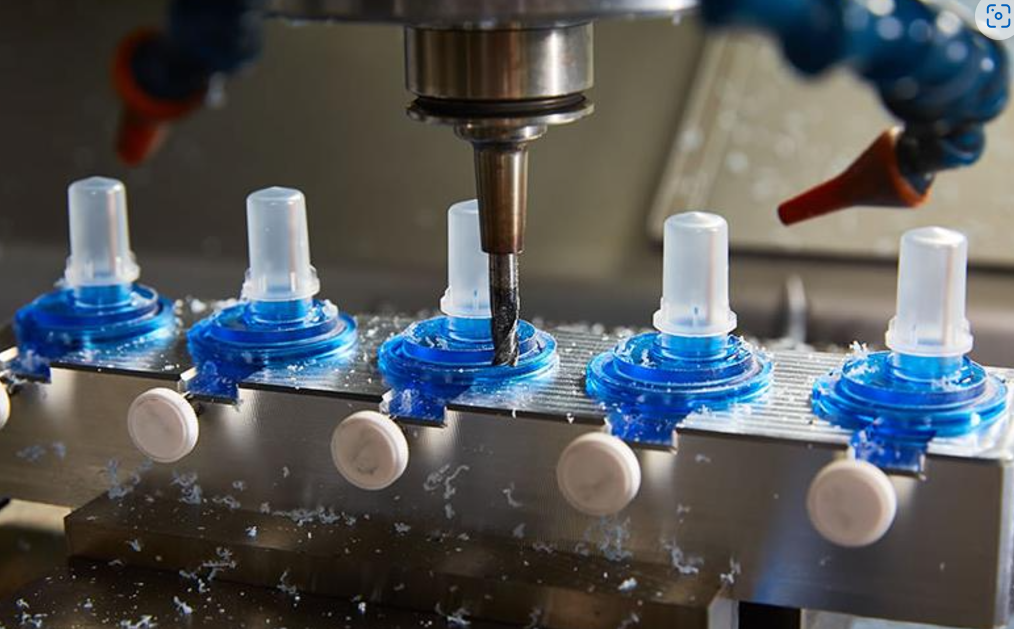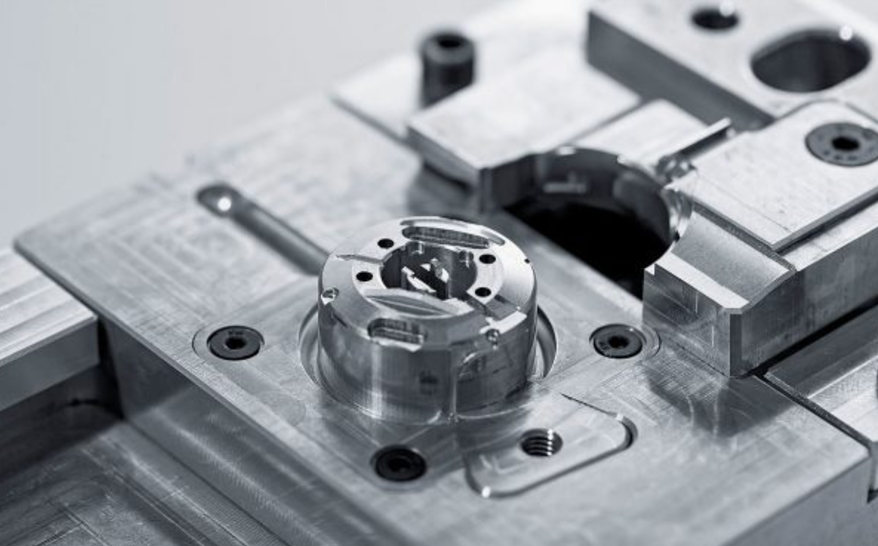Fabricating models and generation parts quick and cost-efficiently is regularly an adjusting act of quick-turn prototype machining capabilities. There is also an optimized portion planned for those capabilities in prototype machining. As such, there are a modest bunch of vital contemplation when planning parts for Protolabs processing and turning forms that can quicken generation time whereas lessening costs. Consider gap profundities, threading, divider thickness, and other machining capabilities to decrease generation time and cost for any prototype machining project.
Table of Contents
TogglePrototype Machining and Threading Right:
Boring and thread-making go hand in hand. Numerous shops utilize “taps” to cut inside strings. Taps see like a screw with teeth and are “threaded” into an already penetrated gap. We take a more cutting edge approach to string making, employing an instrument called a string process to insert the string profile. This makes an exact string, and a single processing apparatus can be utilized to cut any string measure that offers that pitch (the number of strings per inch), sparing generation, and setup time. Since of this, UNC and UNF strings from number 2 up to 1/2 in., and metric strings from M2 to M12 are conceivable, all inside a single toolset.
Prototype Machining Tiny Features and Tall Walls:
All of the prototype machining toolsets are comprised of carbide cutting devices. This super unbending fabric offers the most extreme instrument life and efficiency with negligible avoidance. However indeed the most grounded apparatuses avoid, as do the metals and particularly plastics being machined. Since of this, divider statures and highlight sizes are exceptionally subordinate on the person portion geometry as well as the toolset being utilized. For occasion, the least include thickness at Protolabs is 0.020 in. (0.5mm) and the most extreme include profundity is 2 in. (51mm), but that doesn’t cruel you’ll be able to plan a ribbed heatsink utilizing those measurements.
5-Axis and 3-Axis of Prototype Machining:
Two particular “flavors” of processing exist at several platforms. With 3-axis machining, the workpiece is held from the foot of the crude fabric clear whereas all of the portion highlights are cut from up to 6 orthogonal sides. With parts bigger than 10 in. by 7 in. (254mm by 178mm), as it were the best and foot can be machined: no side setups! With 5-axis recorded processing, in any case, machining from any number of non-orthogonal sides is possible. The toolsets utilized in either case are indistinguishable. What’s distinctive is the crude fabric. As with our machines, the circular stock is utilized for 5-axis processed parts, which presents a few curiously scientific discourses around the estimate, geometry, and situating of the portion inside that crude fabric volume (it’s that entire Pythagorean hypothesis thing you learned in tall school).
Hole Truth in Prototype Machining:
Anybody who has gone through more than 5 minutes in a shop knows what a boring bit looks like and what it does. For the foremost portion, be that as it may, gaps at Protolabs are interpolated with an endmill instead of penetrated. This machining strategy gives awesome adaptability in terms of the gap sizes accessible with a given instrument and offers superior surface wrap up than that reachable with a bore. It moreover permits us to utilize the same instrument for machining spaces and pockets, lessening cycle time, and portion took a toll. The as it were drawback is that gaps much more than six distances across profound ended up a challenge due to an endmill’s constrained length and may require machining from both sides of the portion.







